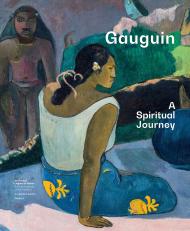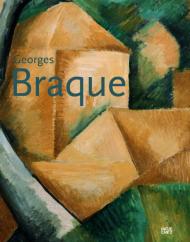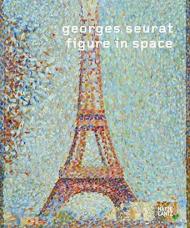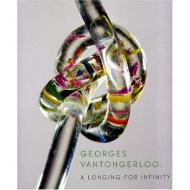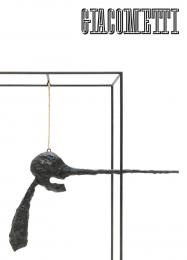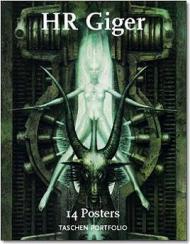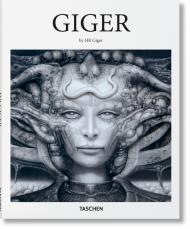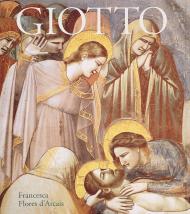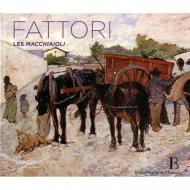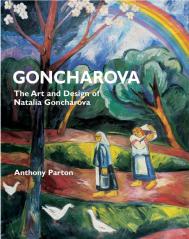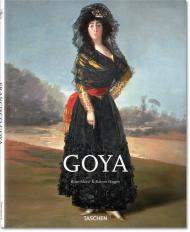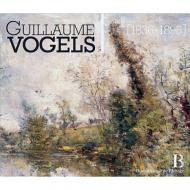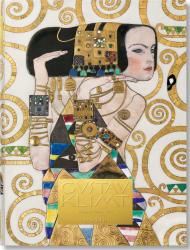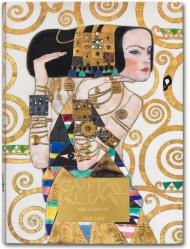Ця чудова книга демонструє десятки найвідоміших творів Поля Ґоґена та пропонує новий погляд на стосунки митця.
Цей яскравий огляд життя та творчості Поля Ґоґена включає понад п’ятдесят експонатів із колекції Ny Carlsberg Glyptotek у Копенгагені, включаючи картини, різьблення по дереву та кераміку, а також океанічне мистецтво та роботи Гогена на папері з постійних колекцій Музеїв образотворчого мистецтва Сан-Франциско. Кожен твір відтворено у вишуканих деталях, що дає чудову можливість насолодитися новаторським використанням Гогеном кольору, лінії та форми.
Есе досліджують стосунки Гогена та розкривають боротьбу, поблажливість, пробудження та зради в його особистому та професійному житті. Інші есе дають нове уявлення про подорожі Ґоґена до далеких куточків Французької колоніальної імперії в Тихому океані та досліджують його культурну самобутність, сексуальність і духовність.
Красиво розроблена, щоб доповнити надзвичайну творчість Ґоґена, ця книга пропонує освіжаючий погляд на митця, чиє життя та творчість продовжує захоплювати донині.
